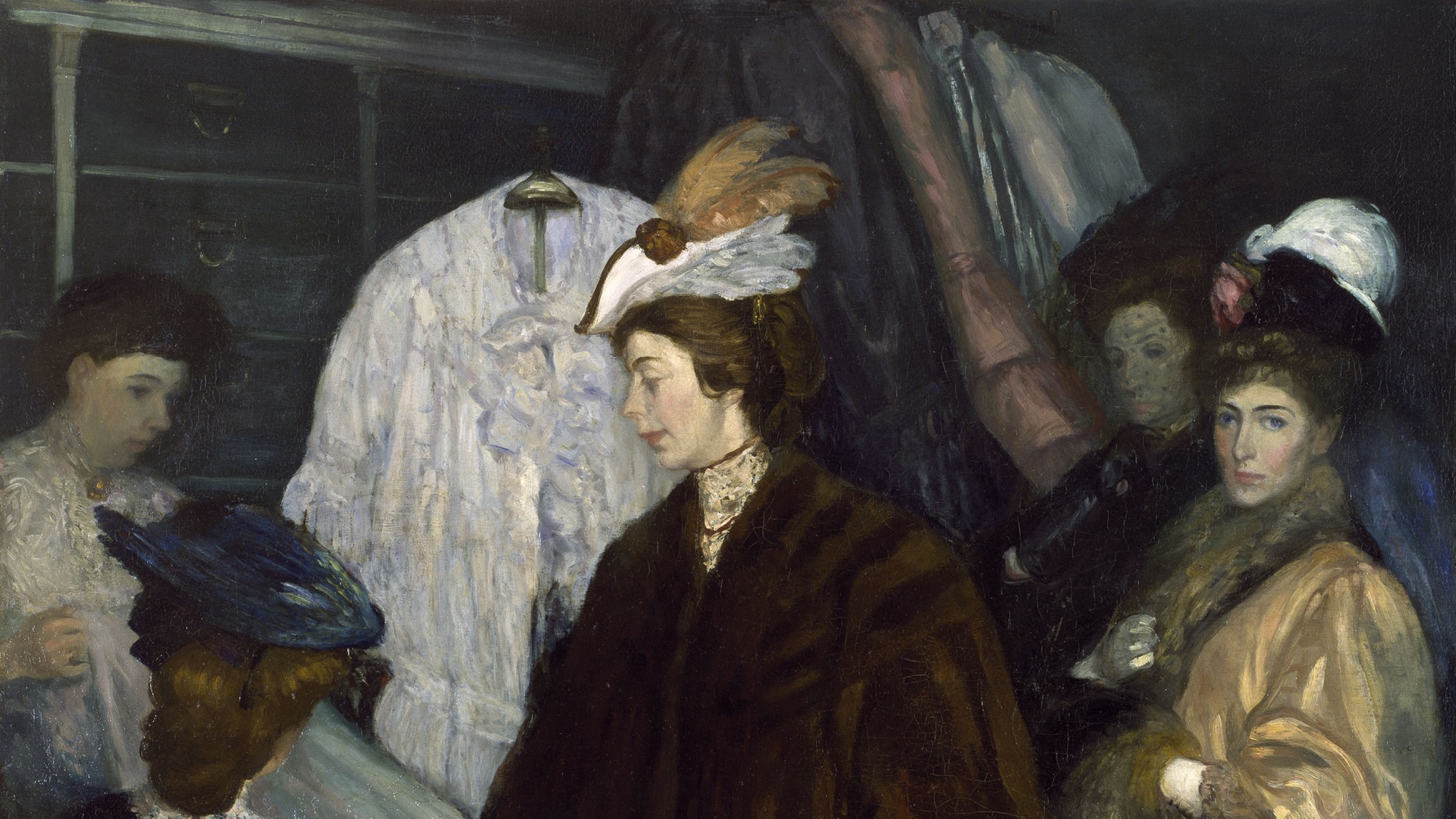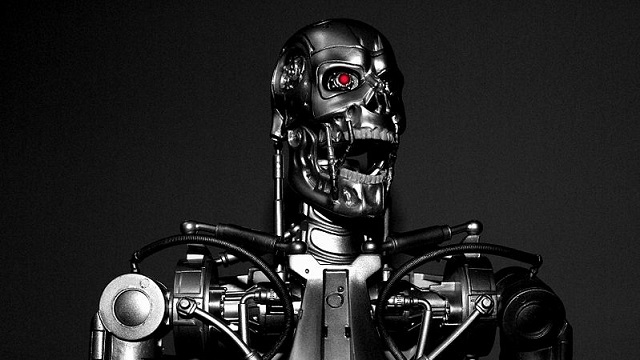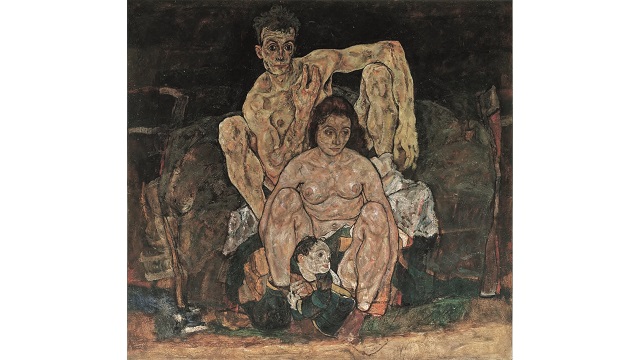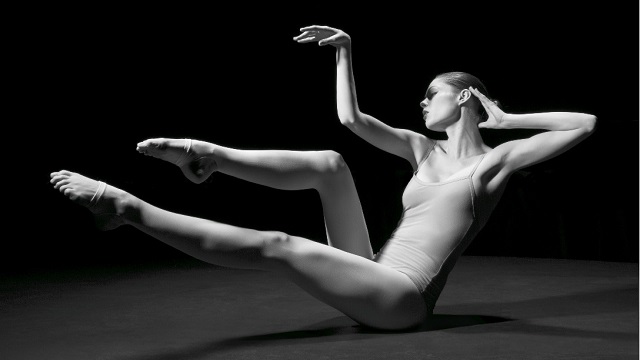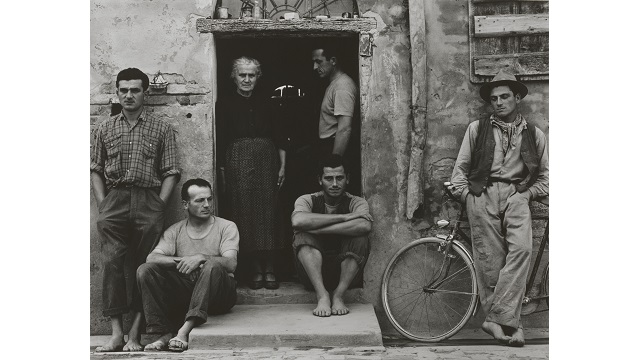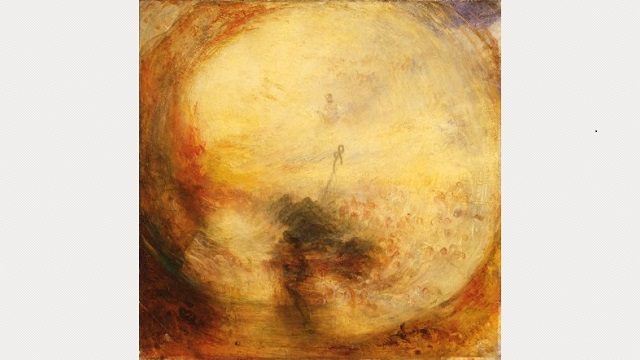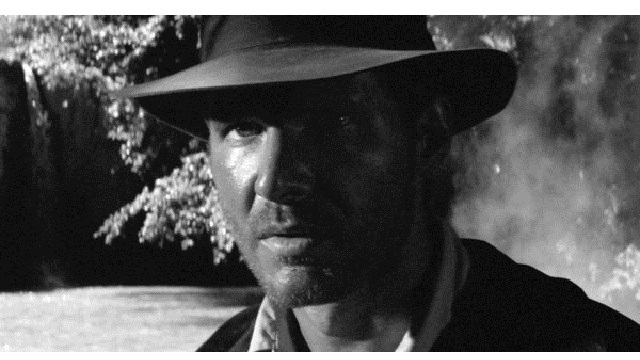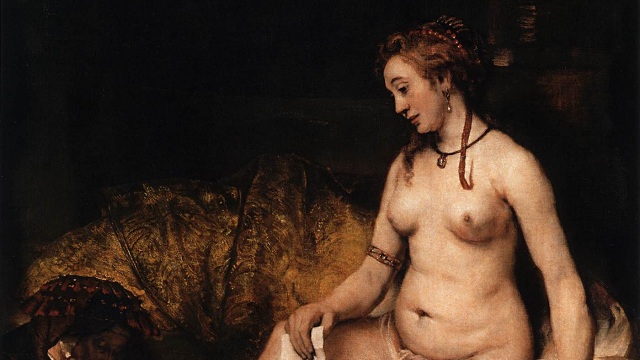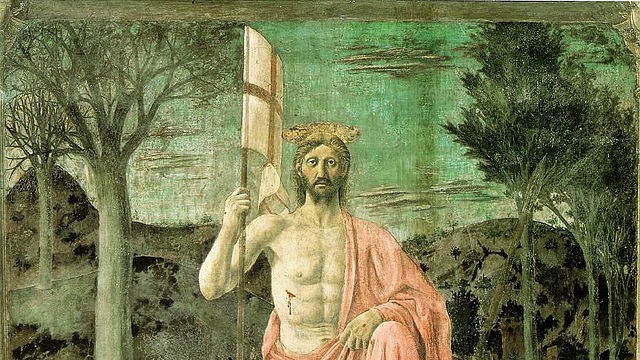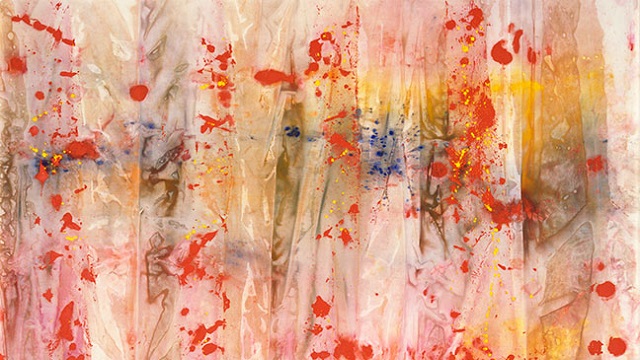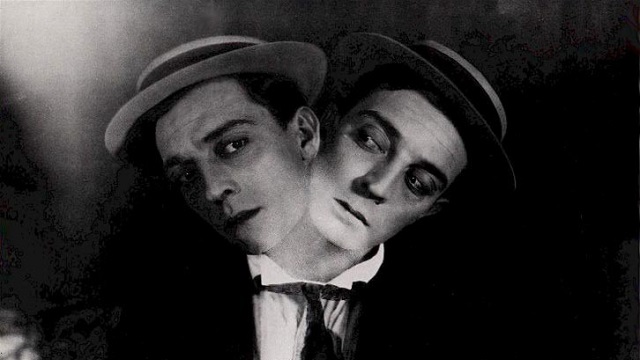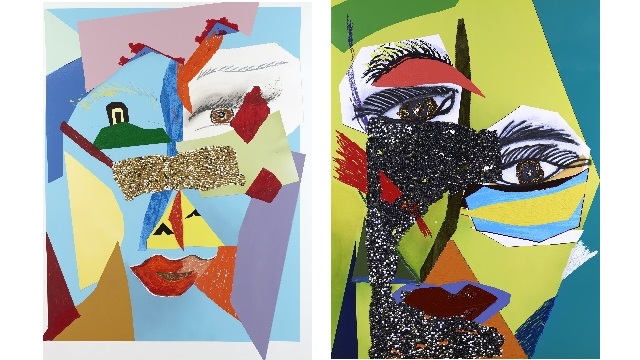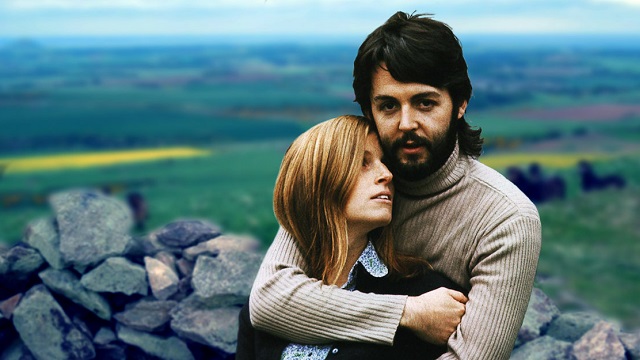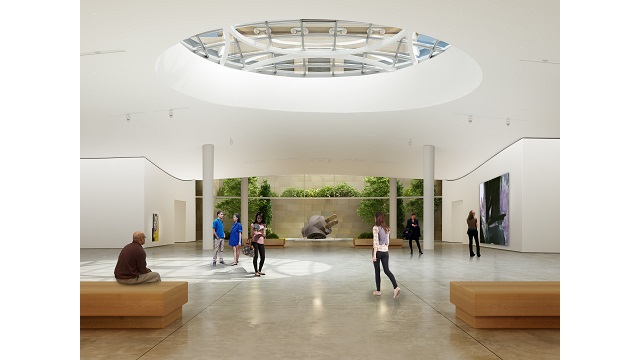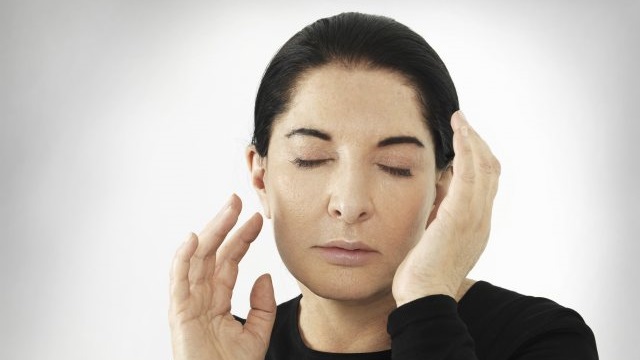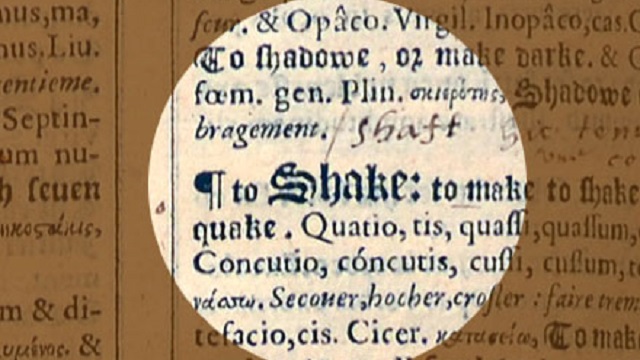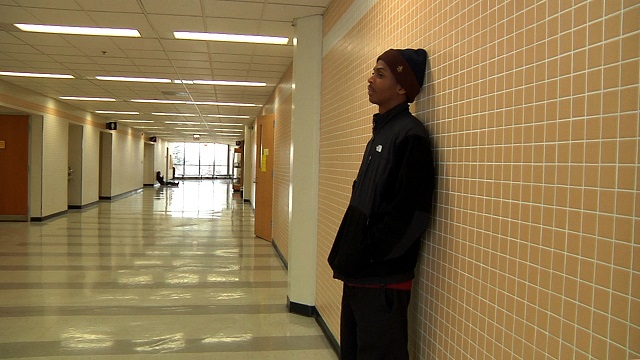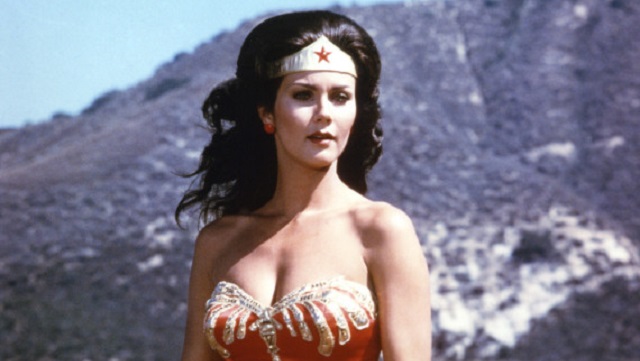Bob Duggan
Contributing Writer
Bob Duggan has Master’s Degrees in English Literature and Education and is not afraid to use them. Born and raised in Philadelphia, PA, he has always been fascinated by art and brings an informed amateur’s eye to the conversation.
With a $20,000 check and instructions to bring back “some good paintings” from friend and financier Dr. Albert C. Barnes, American artist William Glackens set off for Paris in 1912 with carte blanche to buy the very best modern art he could find. Long a champion and connoisseur of European and American modernism, Glackens sent back to Barnes 33 works by now-renowned artists such as Paul Cézanne, Pierre-Auguste Renoir, Pablo Picasso, and Vincent Van Gogh that helped shape the collection that eventually became The Barnes Foundation.
Anyone who has seen James Cameron’s 1984 film The Terminator remembers “seeing” through the eyes of the killer android sent into the past as it scans its surroundings for clothes, weapons, and, eventually, its target. German filmmaker Harun Farocki would later call those pictures “operational images”—the machine-made and machine-used pictures of the world that threatened to supplant not just how people see, but people period.
“Bürgerschreck!” rang the accusations in German at Austrian painter Egon Schiele in April 1912. This “shocker of the bourgeois” found his home rifled by local constables searching for evidence of the immorality locals suspected of a man who lived with a woman not his wife and invited local children to pose for him. The constables brought over one hundred drawings as well as Schiele himself to the local jail, where he sat for 24 days until a court trial during which the judge flamboyantly burned one of Schiele’s “pornographic” portraits in front of the chastised artist before releasing him. That experience changed the rest of Schiele’s life and art. Egon Schiele: Portraits at the Neue Galerie in New York City centers on this turning point in Schiele’s portraits, which remain some of the most psychologically penetrating and sexual explicit portraits of the modern age. Schiele’s capacity to shock today’s audience may have declined as modern mores finally catch up to him, but the power of his portraits to captivate through their unconventionality, sensitivity, and empathy never gets old.
“Don’t just stand there, let’s get to it. Strike a pose, there’s nothing to it,” Madonna lied and “Vogue”-ed way back in 1990. Contrary to popular opinion, posing is hard work, made even harder by the requirement to look effortless. The reigning “Queen of Pose,” Canadian supermodel Coco Rocha has been clocked at 160 different poses per minute and viral videoed striking 50 poses in 30 seconds. When photographer Steven Sebring approached Rocha back in 2010 with the idea of a project involving one model striking a thousand different poses captured using Sebring’s revolutionary, 360-degree photographic technology, it seemed a match made in modeling heaven. Study of Pose: 1,000 Poses by Coco Rocha tests the limits of expression by the human form while capitalizing on the latest in technology to produce no less than a new manifesto on posing the human body as an object to be both admired and accepted for all its truth and beauty.
Photographer Ansel Adams, whose beautiful black and white landscapes full of mountains still grace both museum and office walls, called fellow photographer William Mortensen “the anti-Christ” for what he did […]
Architect Frank Gehry’s raised many controversial buildings over the years, but few as controversial as the middle finger he recently raised during a press conference in Spain. During a press […]
“War is simply a continuation of political intercourse, with the addition of other means,” Carl von Clausewitz wrote in his famous book on battle strategy, On War. Many misquote that […]
When Howard Zinn first published A People’s History of the United States in 1980, he hoped to start a “quiet revolution” in the way people viewed history. By giving voice […]
“If you love someone,” pop star Stingsang years ago, “set them free.” Sometimes the first rule of love is forgetting all the rules that constrain the object of one’s affection, […]
It’s one of the most unforgettable opening acts of any 20th century film. In the midst of a dense jungle, a mercenary pulls a gun on the man paying the […]
“The extasy [sic] of abstract beauty,” artist Richard Pousette-Dart scrawled in 1981 in a notebook on a page across from a Georges Braque-looking abstract pencil drawing. Although included in Nina Leen’s iconic 1951 Life magazine photo “The Irascibles” that featured Abstract Expressionist heavyweights Jackson Pollock, Willem de Kooning, Mark Rothko, and Barnett Newman, Pousette-Dart has always stood on the edges, as he does in the photo, of full identification with that group.
When you get down to the bare facts, there’s no genre of art older than that of the nude. The bare human figure—male and female, but more often female—commands attention […]
Fans of Dan Brown (and Tom Hanks) hoped to get an education in the Italian Renaissance along with their beach reading (and movie-going) of The Da Vinci Code. But they’re missing out on a Renaissance master of art and mathematics just as captivating and mysterious as Da Vinci—Piero della Francesca.
Everyone knows there are two things you never bring up in conversation—politics and religion. In this secular age chock full of wars fought over one faith or another, many never […]
From 1974 through 1981, Haruki Murakami ran a jazz club in Tokyo, Japan, and wondered what direction his life would run. After long soul searching, his life ran in the […]
Of all the standard myths and accepted truths of the life and music of Ludwig van Beethoven, the idea of the “Romantic” Beethoven—the embodiment of Germanic sturm und drang and […]
The flood of images of violence and unrest continues to flow from Ferguson, Missouri, in the wake of the shooting death of Michael Brown on August 9, 2014. (See one […]
“riverrun, past Eve and Adam’s, from swerve of shore to bend of bay,” begins James Joyce’s Finnegans Wake, opening a torrent of words that has drowned many readers in confusion […]
In his recent New Republic article titled “Liberals Are Killing Art: How the Left became obsessed with ideology over beauty,” art critic Jed Perl makes a convoluted argument that liberalism […]
Must mindfulness always mean meditation—eyes closed, mind clear, simply breathing, simply being? Dan Harris’ recent best seller 10% Happier: How I Tamed the Voice in My Head, Reduced Stress Without […]
When Pablo Picasso and other early modernists appropriated elements of so-called “primitive” African art for Cubist and proto-Cubist works such as 1907’s Les Demoiselles d’Avignon they perpetrated a kind of […]
During the 1960s, four of the most famous people on Earth were collectively known as The Beatles. Most people struggle to deal with the post-fame life, but how do you […]
“Today, full frontal nudity is more common on cable TV than cigarette smoking is in office buildings,” writes Robert Hofler in Sexplosion: From Andy Warhol to A Clockwork Orange—How a […]
Every new cultural institution hopes for “The Bilbao Effect”—the economic boom the faltering, former industrial city of Bilbao, Spain, enjoyed after the 1997 rise of architect Frank Gehry’s game-changing design […]
Comedian Stephen Colbert called Jeff Koons “The world’s most expensive birthday clown” when the artist famous for his giant balloon animalsappeared on his show in 2012. A year later, one […]
Just as poet William Blake asks us “To see a world in a grain of sand” in his poem “Auguries of Innocence,” painter Paul Cézanne asks us to see the […]
According to a Pew Research study, if you count people who change from one type of Protestantism to another, “44% of American adults have either switched religious affiliation, moved from […]
Critics usually pose the greatest literary mystery of them all—the authorship question surrounding the works of William Shakespeare—as a “whodunit,” but it’s more of a “howdunit.” How could the small-town […]
Twenty years ago one of the greatest documentaries ever made, Hoop Dreams, premiered. Hoop Dreams told the story of two Chicago high school basketball players hoping to take their talents […]
If you’re old enough to remember the 1970s, Lynda Carter playing the title character in the TV show Wonder Woman (shown above) from 1975 to 1979 remains what you think […]
